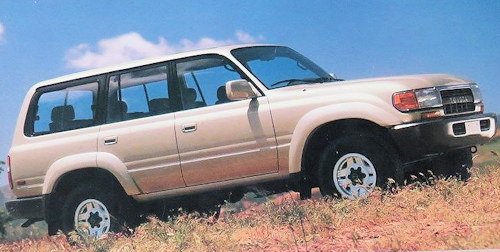Toyota Motor Corporation History
Toyota, Japan
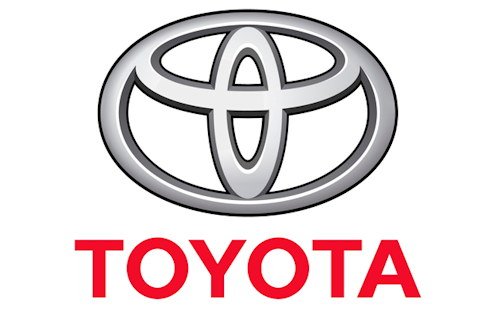
The Toyota Motor Corporation is a multinational and one of the largest automobile manufacturers in the world.
History
Toyota has its headquarters in Toyota, Japan the 1937 by Kiichiro Toyoda and Eiji Toyoda Founded and took over. The Toyota Motor Corporation is based in the Japanese city of Toyota (up to 1959 Koroma), and neighbouring Nagoya and Bunkyō (Tokyo) and in 1937 became an independent company.
The history of Toyota began in 1894 later Sakichi's son Kiichiro Toyoda had completed a mechanical engineering degree at Tokyo University. Together with Kiichirō Sakichi 1924 completed his "automated loom" For production and marketing, he founded Toyoda Automatic Loom Inc. When Sakichi Toyoda noticed that automobiles were gaining in importance, he sent his son Kiichiro Toyoda to Britain in 1929 to sell the patent rights to his automated weaving machine of the British company Platt Brothers and use the proceeds to build an automobile production. Kiichiro Toyoda used this capital to start building a car business.
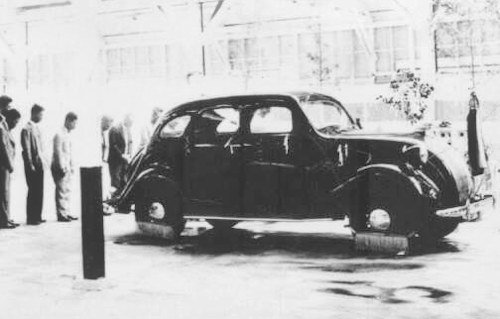
1934, the first machine was produced, which from 1935 for the production car the model Toyota A1 and the GG Trucks. Production start for the car model AA was 1936. On August 28, 1937 Kiichiro Toyoda founded together with his cousin the Toyota Motor Corporation, into which the automotive division was incorporated.
During the Pacific War from 1937 to 1945 the truck production was used by the Japanese military. By the late 1950s the American automotive industry underestimated the Asian competition in Japan apparently dealt with the development of three-wheeled, non-full-size compact cars with two-stroke engine. The vehicle industry was generally poorly developed. But Japan caught up quickly. The situation on the world market changed accordingly after the first oil crisis (1973/74), as global demand for smaller, fuel-efficient cars increased and Japanese car companies met that need. Also, the Japanese companies had now higher quality standards could continue to offer their cars cheap. The standard equipment was often more extensive than that of cars from other countries.
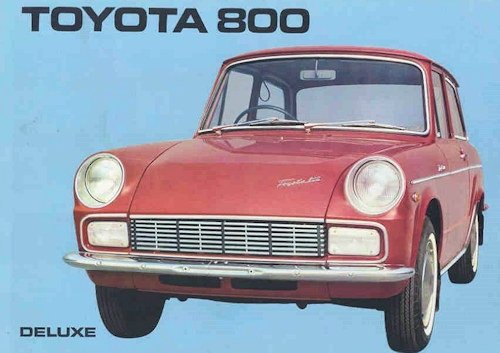
In the 1980s, European and American companies began to copy methods from Toyota and other Japanese automakers, tending to lower the Japanese price. The logo of the Toyota brand consists of three interconnected ellipses. It was first introduced in 1989 to standardize the global brand identity and to differentiate the Toyota brand more clearly from the Lexus premium brand introduced in the same year. The two small ellipses represent the initial letter "T" and symbolize the heart of the car and the heart of the customer. All three ellipses together symbolize the company philosophy of Toyota: the pursuit of customer satisfaction, the pursuit of innovation and the combination of creativity and quality. They also shifted to quality and reliability Toyota was particularly successful in the US market. In 1989, Toyota introduced the luxury brand Lexus for the US and European markets, which became America's best-selling luxury car brand.
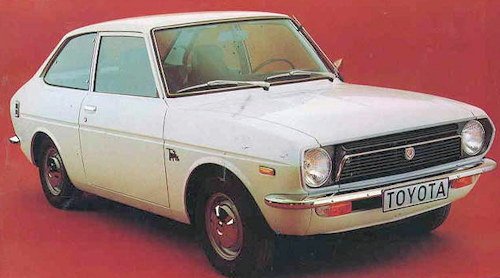
In 2011 the new Toyota factory in Ohira, near Sendai, Miyagi Prefecture was hit by the 2011 Tōhoku earthquake. The factory remained closed for a long time, although it was only slightly damaged. Due to the aftermath of the earthquake and tsunami in Japan, Toyota had to contend with further declines in production. In the month following the disaster, Toyota's global production decreased by 48.1% in April 2011, while production decline in Japan itself is estimated at 74.5%. In addition to the Toyota brand, the Toyota Motor Company also includes the automotive premium Lexus brand and the Scion brand, which was designed specifically for the under 25-year-old North American market. The Toyota Group also includes the small car manufacturer Daihatsu and the truck and bus manufacturer Hino Motors.
